Ventilation of the attic under-roof space: design details + installation instructions
Often a stylish living space is built in the attic of a one-story country house, turning it into something like a two-story one.The attic is first insulated, waterproofed, and a vapor-proof layer is laid.
But they forget that good ventilation of the under-roof space is required, considering it a waste of time and money. As a result, at best, they end up with premises unsuitable for living.
The content of the article:
Is ventilation of the space under the roof necessary?
It is convenient to turn the cold attic of a country house into an additional residential floor. From the attic comes an excellent office, bedroom or art studio with a bizarre geometry of walls and ceilings.
One problem is that many customers of such alterations refuse to install ventilation there, believing that the builders want to deceive and take more money. Some home craftsmen who are engaged in construction without the involvement of professional builders believe that the attic does not require ventilation, because this is an extra cost.
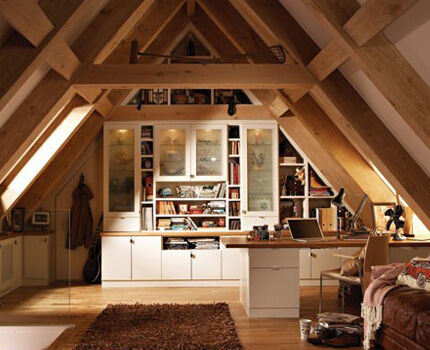
This decision is justified by the fact that 50-70 years ago no one installed all sorts of aerators, soffits and other elements that are now sold en masse in all construction stores. And the houses, despite the lack of ventilation in the attic, still stand and look better than some modern cottages.
Indeed, many old houses are perfectly preserved, but not due to the lack of ventilation. Everything is just the opposite - they have excellent natural ventilation of the attic space.
In such houses, no one equipped an additional room in the attic for permanent residence. And no insulation materials were used here - the attic is cold, has dormer windows, additional gaps and cracks for the entry and exit of incoming and outgoing air flows.
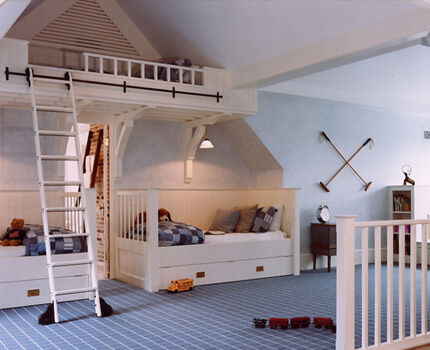
If the attic space is not provided with ventilation or it is there but does not work, then soon all family members will become aware of this fact.
The main problems arising from lack of attic ventilation are the following:
- musty air;
- the appearance of an unpleasant putrid odor;
- mold under the ceiling and on the walls of the attic;
- rotting of roof structures;
- condensation formation;
- icicles and ice hanging from the roof in winter.
An unhealthy microclimate with such signs is guaranteed to all inhabitants. As a result, instead of a bright and cozy room, it turns out to be a breeding ground for bacteria, unpleasant odors and mold colonies, destroying everything that gets in its way.
But this is far from the worst. Such manifestations are harbingers of imminent roof repairs, which will occur in 3-5 years due to rotted wooden structures, wet insulation and the inability to use the attic for its intended purpose.

To avoid large expenses after arranging the attic, it is important to immediately develop a design for its ventilation.This will protect all residents of the house from health problems and save the family budget. What does it cost to solve a problem with an unexpectedly collapsed roof? It’s good if none of the household members are in the house.
Ventilation of the under-roof space is provided by a set of devices and measures:
Attic: what kind of ventilation is there?
If we take into account that an attic is a living space that is located in the attic of a house, then the requirements for it must be appropriate. First, it must be safe. Secondly, it is necessary to install several layers of insulation so that the room can be used all year round.
Thirdly, you need to think carefully about the under-roof ventilation of the attic to ensure a comfortable microclimate and good living conditions for all inhabitants of the house. Stale and foul air does not fit into the requirements for living rooms.
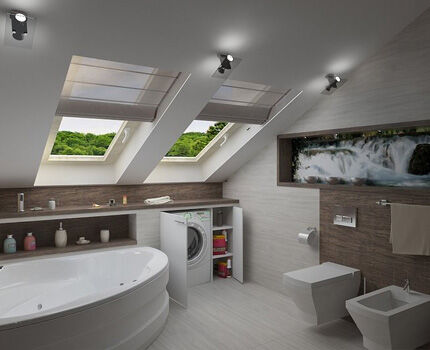
A ventilation system for the attic is a must if you do not want to overpay for roof repairs. Moreover, it is necessary to ventilate both the rooms obtained as a result of attic repairs and the roof itself in order to ensure a long service life of the roofing materials.
Ventilation used in the attic is:
- natural;
- forced;
- mixed.
The first option involves using natural draft resulting from properly equipped ventilation holes and channels.
This is the cheapest option possible. To equip it, you will need a minimum set of ventilation materials - grilles, aerators, soffits, ventilation pipes and other elements.
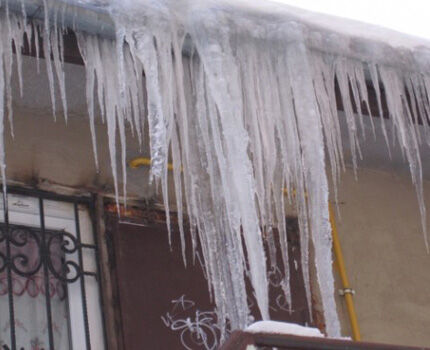
The forced system works thanks to mechanical intervention. It uses fans for supply and removal, and additional equipment to warm up cold outside air.
This is an expensive option for attic ventilation, especially if you purchase climatic equipment with rich functionality - temperature, humidity sensors, humidification, ionization and air heating functions.
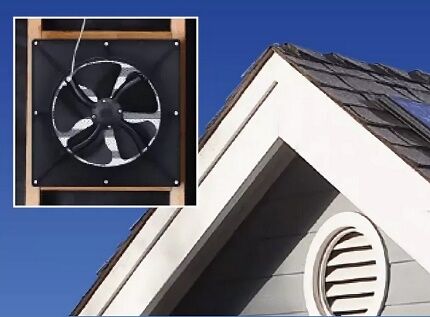
The mixed type of attic ventilation assumes that there will be one mechanical process - the supply or removal of air. Most often, the exhaust system is forced, letting in fresh air by gravity.
Subtleties of designing ventilation in the attic
Before you begin installing aerators or exhaust mechanisms in the attic, you should calculate everything and choose the most suitable option. To do this, you need to take into account the area of the room and its purpose. After all, if, for example, you have to build a bathroom here, then you definitely can’t do without exhaust fans.
Project: when to create it
One of the most important aspects of ventilation arrangement is design. This should occur during the construction phase. Otherwise, everything will be more expensive - you will have to hire another team or delve into all the intricacies of the process yourself.
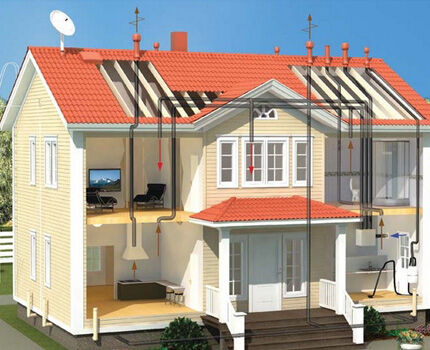
If all the construction work has already been completed, but there is no ventilation, then you can’t leave everything like that. You should definitely take care of creating it - now it will still cost less than in 2-3 years, when the attic will no longer be usable.Moreover, the first signs will appear 6-8 months after the start of operation of the premises.
The entrance to the attic can be located both inside the house and outside. But this fact does not at all affect the need to equip the ventilation system. This is not a process you should skimp on.
Moreover, with a reasonable approach, everything will cost many times less than purchasing new materials for attic insulation, repair or replacement of the rafter frame and laying a new coating.
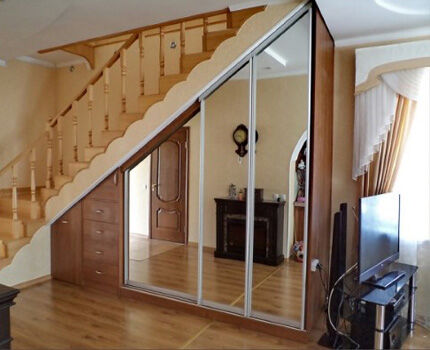
How to properly design ventilation?
Thinking about attic conversion, you immediately need to think about its ventilation system, select the most optimal option and develop a specific project.
When designing under-roof ventilation, you need to take into account the purpose of the future room and its area. It should be remembered that this is necessary not only for the room, but also for the roofing materials. Therefore, it is important to correctly lay all layers of the roof, following the recommendations given by the manufacturer of certain roofing “pie” materials.
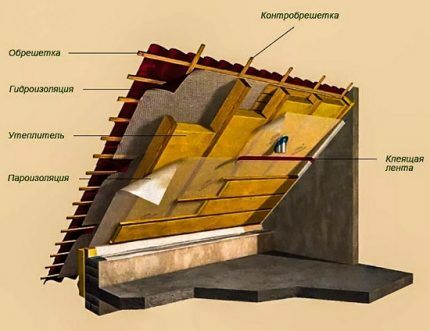
The first step is to provide options for the flow of fresh air. For this, the correct design of the roof is extremely important so that one ventilation gap can be created, provided by the counter-lattice. Its total value should be 1/100 of the roof area. To form a gap, a block with sides of 30, 40, 50 mm is used.
Sometimes the counter-lattice is not made continuous, but with breaks - in the form of separate segments.It is constructed from the eaves overhang to the ridge in order to more effectively wash the system elements with air flows.
To optimize the “ventilation” of the roof frame system made of wood, additional holes Ø 2 - 2.5 cm are drilled in the side of the rafters. Drilling is done every 30 - 50 cm.
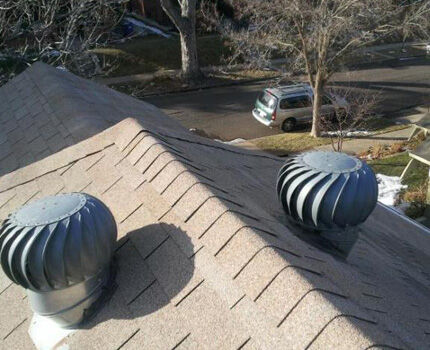
Another element that ensures a constant flow of fresh air is the soffits under the eaves. The peculiarity here is that the diffusion film or microperforated film is not extended to the edge of the cornice. It should immediately break off behind the wall so that the flow of fresh air can easily penetrate.
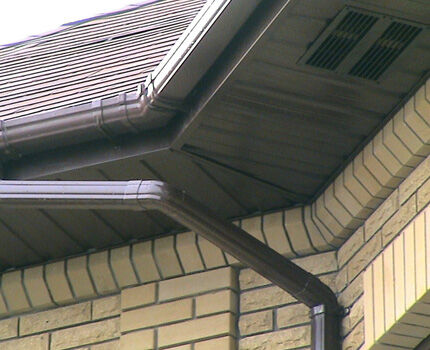
Another method for inflow is a gap along the entire plane of the roof between the waterproofing and the coating itself. The height of the vent can be from 3 to 5 cm.
The size of the opening must be equal at the inlet, outlet and throughout the entire length of this ventilation duct. It is customary to follow these rules when constructing insulated roofing systems and roofs without insulation.
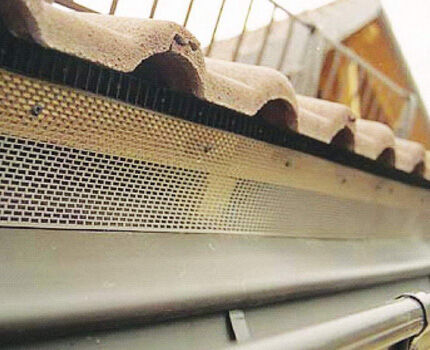
When the design of the inflow has been decided, they begin to develop the most suitable option for air removal.
Most often used:
- in the upper part of the roof there are ventilation ducts, point aerators, aeration turbines that operate from the smallest gust of wind;
- a gap is formed in the waterproofing film along the entire length along the ridge girder for the free removal of the air mass from under the roof;
- if the valley is long, then it is necessary to ensure the flow of air along its entire line into the lower ventilation gap, making a continuous ventilated junction;
- They strive to provide continuous ventilation of the ridges and ridges.
The total cross-section of ventilation holes, coupled with dormer windows and aerators, should be approximately 1/300-1/500 of the area of the attic space.

You need to calculate how many and what kind of ventilation elements you will need only based on the area of your attic space. All this is very individual - after all, houses and cottages have very different roof shapes, which should also be taken into account when designing a ventilation system for an attic.
Instructions for installing a ventilation system
You can install the ventilation system yourself or invite specialists with extensive experience in roofing work. You should not turn to cheap craftsmen - the quality of their services may not correspond to even the minimum cost.
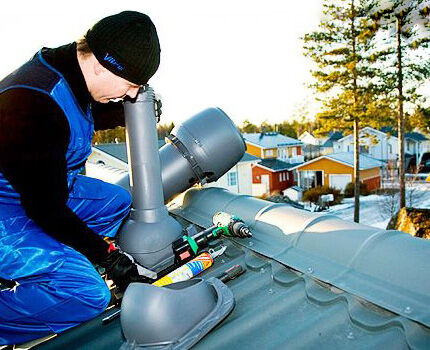
In the case where a team of builders will be involved in the installation work, you can express your preferences to them and check the project that they will subsequently provide. It is necessary to pay attention to whether the proposed option for the influx and removal of air masses is satisfactory.
An effective option for inflow into the attic space is valves built into the window structure.They are designed in such a way that they can ventilate the room even when the door is closed. Manufacturers offer models for vertical and inclined (dormer) windows.
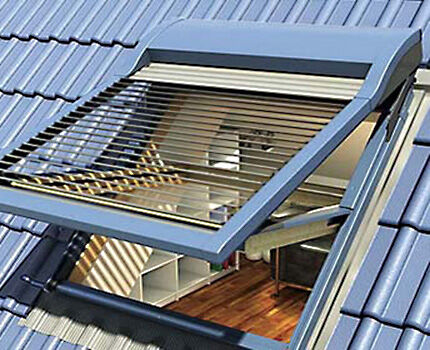
To install windows, it is better to use an installation service, especially if it is large. Doing this yourself may void your warranty. If any problems arise, there will be no one to file a claim with.
If you decide to independently install a ventilation system in the attic, you will need to follow the instructions for the elements that need to be installed.
Most often, they install soffits and a ventilated ridge with their own hands. Depending on the type of material, the set of tools for installing them will also differ. To install aerators on the roof, you usually turn to specialists who have the equipment to make the appropriate holes.
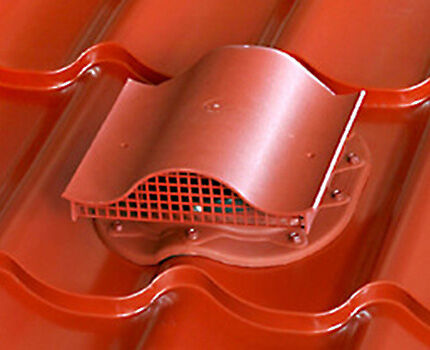
For installation of ventilation ducts use sealant to seal the joints well. A fan or air turbine is often installed in the exhaust system. The exhaust fan must be placed directly into the ventilation duct, secured and connected according to the attached instructions.
When independently arranging attic ventilation, it is important to remember that the total area of the exhaust openings should be 20% larger than the supply openings. Otherwise there will be a problem with traction.
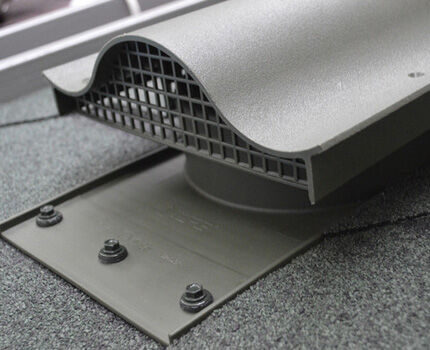
If you have doubts about your own abilities, then it is better to turn to specialists who will correctly design and equip ventilation of the house itself and attic space. This will guarantee a long service life for the attic and the entire house, and will also ensure a healthy atmosphere in the room.
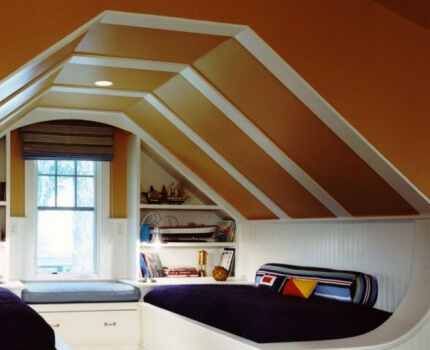
Conclusions and useful video on the topic
The video discusses the issues of ventilation of the space under the roof and the problems that arise in its absence:
In order for the space under the roof to be reliably ventilated, all components of the system must be installed correctly. About this in the video:
How to create a ventilated under-roof space with your own hands:
Having considered the reasons for installing a ventilation system in the attic and the features of its installation, you can design and implement everything on your own. To do this, you will need to allocate free time during the construction stage.
If the construction of the house is carried out by a team of builders, then ventilation issues can be entrusted to them, having previously included this clause in the contract. It is important to remember that after construction is completed, organizing ventilation will cost an order of magnitude more.
Tell us about how you built the ventilation system when arranging your own attic. Share useful technological nuances not mentioned in the article. Please write comments in the block below, post photos on the topic, and ask questions.



